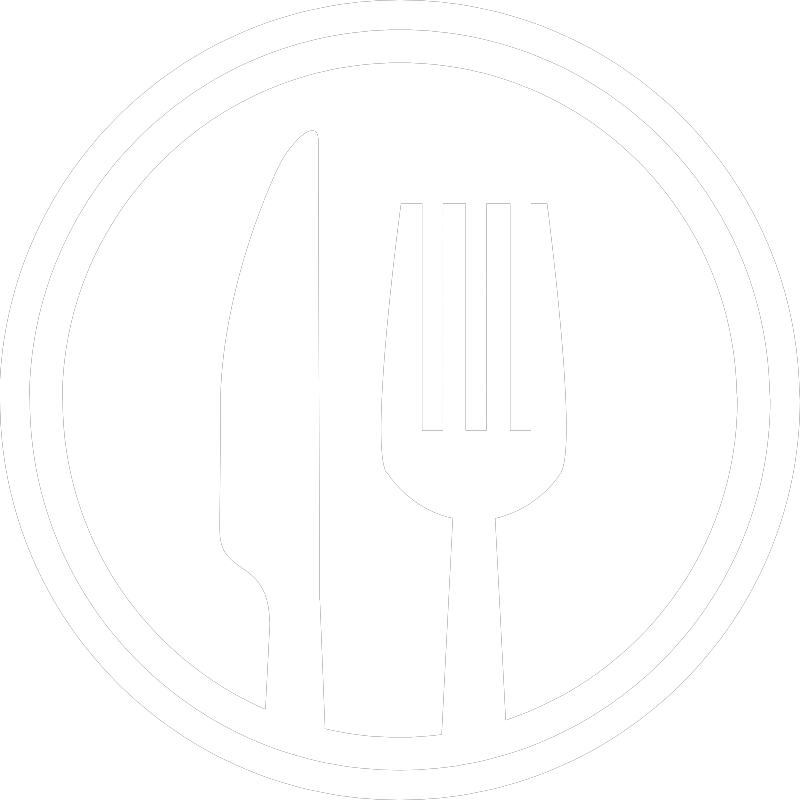Unveiling the Secrets of Chuck Eye: A Culinary Adventure
Ah, the joy of discovering a treasure trove of meat at Costco! Your purchase of a substantial block of chuck eye has opened up a world of culinary possibilities. In this blog post, we'll delve into the intricacies of cutting up beef chuck eye and explore how it's different sections can be put to distinct and delectable uses.
The Visual Analysis
Before we dive into the culinary aspects, let's take a moment to appreciate the visual appeal of the chuck eye. Your keen observation of marbling differences between the top right and bottom left sections is a fantastic start. Marbling can significantly impact the flavor and tenderness of the meat, making it a crucial factor to consider.
Section Breakdown
Now, let's break down the distinct sections of your chuck eye. The top right, with its unique marbling, can indeed have a different flavor profile compared to the sections on the bottom left. It's like having two flavor experiences within one cut of meat!
- Top Right: This section often boasts more intricate marbling, making it a prime candidate for succulent steaks. The generous marbling enhances tenderness and flavor, creating a steak-lover's dream.
- Bottom Left: While still marbled, this section may be slightly leaner, making it an excellent choice for stews, braises, or pulled beef for tacos. Its leaner profile soaks up flavors during slow cooking, resulting in a rich and hearty dish.
The Stew vs. Steak Dilemma
Your initial plan of using the entire block for stews and pulled beef tacos is undoubtedly a hearty and delicious approach. However, the question arises: could you be missing something special by not considering steaks? The answer lies in balancing the richness of stews with the potential succulence of steak cuts.
Maximizing Flavor Potential
To make an informed decision, consider the intended dishes. If you're dreaming of a melt-in-your-mouth steak experience, don't shy away from separating those marbled sections for grilling or pan-searing. On the other hand, if you're envisioning a cozy, slow-cooked stew, keeping the sections together might result in a richer, more complex flavor profile.
Tips for Preparation
For steaks, aim for even thickness when cutting, allowing for consistent cooking. A good rule of thumb is about 1 to 1.5 inches thick. For stews, consider the size of your chunks; larger pieces might require longer cooking times, ensuring the meat becomes fork-tender.
Experimentation is Key
Ultimately, the beauty of cooking lies in experimentation. Don't be afraid to try both approaches! Separate some sections for steaks and use the remaining for stews. This way, you can savor the full spectrum of flavors that your chuck eye has to offer.
In Conclusion
In the world of culinary exploration, every cut of meat is an adventure waiting to be embraced. With your newfound knowledge of chuck eye sections, you're well-equipped to create a culinary masterpiece. So, fire up that grill, simmer that stew, and let the aroma of your chuck eye creation fill your kitchen with the promise of a delightful dining experience. Happy cooking!


